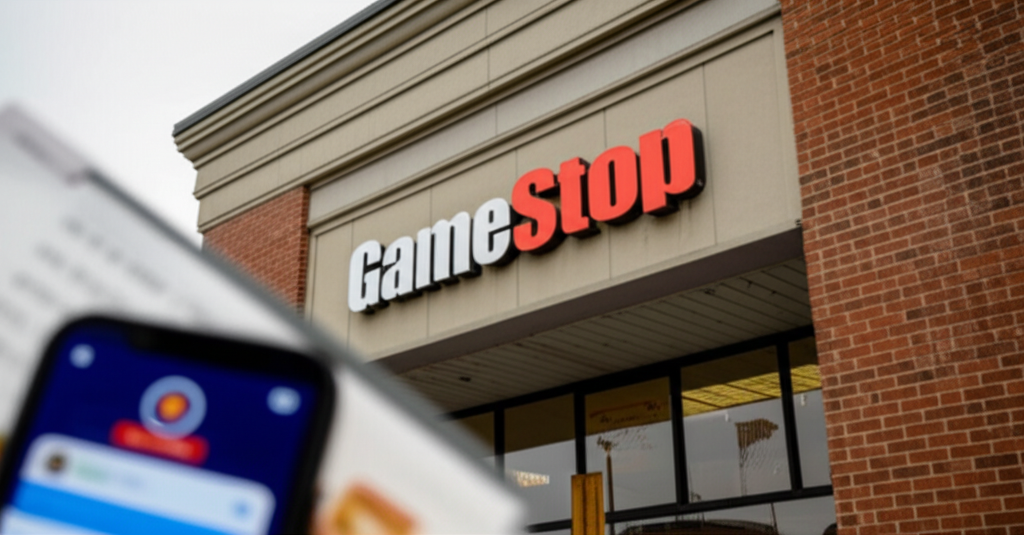GameStop Turns a Profit, But Core Business Keeps Shrinking
GameStop, the video game retailer that captured global financial attention through an unprecedented surge in its stock price, has once again surprised observers by reporting a net profit. This financial milestone, a stark contrast to its prolonged struggles and repeated losses, offers a glimmer of hope for the beleaguered brick-and-mortar chain. However, a closer look at the figures reveals a persistent and concerning trend: the company’s core retail business, its historical bread and butter, continues its inexorable decline, raising fundamental questions about its long-term viability in an increasingly digital world.
The most recent positive earnings report, spanning the fourth quarter of fiscal year 2023 (ending February 3, 2024), saw GameStop post a net income of $63.1 million, or $0.21 per diluted share. This marked a significant turnaround from the $48.2 million loss reported in the same period the previous year. For a company that has grappled with consistent unprofitability for years, especially outside of the anomaly of the meme stock phenomenon, this return to the black is undeniably a noteworthy achievement. Much of this profitability can be attributed to aggressive cost-cutting measures implemented under the leadership of CEO Ryan Cohen. The company has slashed selling, general, and administrative (SG&A) expenses, optimized its supply chain, and maintained tight inventory control. Furthermore, strategic investments and interest income from its substantial cash reserves have also contributed to the bottom line, providing a buffer against declining sales. The ability to generate cash flow and manage expenses effectively signals a degree of financial discipline that had previously been elusive.
Yet, this positive profit picture is shadowed by the continuing erosion of GameStop’s core sales. For the same fourth quarter, net sales plummeted to $1.79 billion, a substantial 28.7% decrease compared to $2.55 billion in the prior-year quarter. This isn’t an isolated incident; it’s part of a multi-year trend reflecting the profound shifts in the video game industry. Physical game sales, once the cornerstone of GameStop’s revenue, have been steadily supplanted by digital downloads and subscription services. Modern consoles come equipped with digital storefronts, allowing players to purchase and download games directly from their living rooms, bypassing physical retailers entirely. Even physical copies that are sold often see a diminishing role for brick-and-mortar stores, as online giants capture a larger share of the market. Hardware and accessory sales, while still significant, are cyclical, heavily reliant on new console launches, and also subject to intense competition from major electronics retailers. The company’s attempts to diversify into collectibles, toys, and other merchandise have helped somewhat, but they have not been enough to offset the systemic decline in its primary business segments. The shrinking store footprint, while contributing to cost savings, also reflects reduced customer traffic and diminished physical presence.
The paradoxical situation of shrinking sales and growing profits highlights GameStop’s ongoing transformation from a growth-oriented retailer to a leaner, cost-efficient entity. While cost-cutting is a vital step for any struggling business, it has its limits. Sustained long-term profitability requires not just expense management but also robust, growing revenue streams. The challenge for GameStop lies in finding new avenues for growth that can counteract the headwinds facing physical media and traditional retail. Efforts to venture into NFTs and Web3 initiatives, which were met with significant fanfare during the meme stock surge, have largely fizzled, failing to generate meaningful revenue. The company’s future hinges on its ability to innovate and adapt its business model to the evolving landscape of entertainment consumption. Without a clear strategy for re-energizing its core business or developing new, sustainable revenue engines, the current profitability, though welcome, may prove to be a temporary reprieve rather than a true turnaround, leaving investors and analysts to ponder how long GameStop can continue to win by shrinking.





